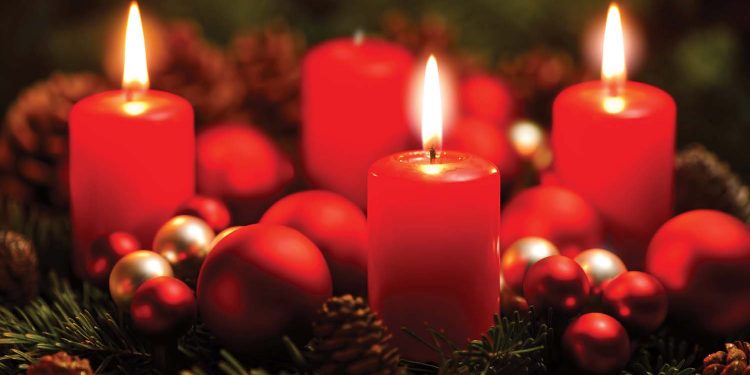When I was in first grade, my teacher Sister Mary Georgiana told us to put our shoes outside our door the night of December 5th in anticipation of the next day which was the Feast of Saint Nicholas.
If we were good, then the jolly saint might leave us some small toy, candy, nuts, or some fruit. She said that was the custom in Holland. I told my parents what Sister told us. I put out my shoe, and sure enough – those very items were in my shoe the morning of December 6th.
In subsequent years, I learned more about Saint Nicholas. He was a 4th century Bishop in Myra, a seaport in present day Turkey. He was known for his great generosity to the poor and needy, and especially children. Girls were especially subject to human trafficking then; Nicholas often came to their assistance, secretly flinging a bag of money to land inside their house to serve as a dowry, so they could wed Christian husbands. There are many stories of miraculous events attributed to him. He suffered persecution and imprisonment under the emperor Diocletian. He attended the Council of Nicaea in 325 A.D. which formulated the Nicene Creed – still recited in our churches today. Also known as Nicholas the Wonderworker, he is patron of Russia, Greece, sailors, pawnbrokers, brewers, merchants and children.
The Dutch who settled New York brought their traditions of Saint Nicholas with them. It is easy to see that the Dutch spelling and pronunciation of ‘Sint Niklaas’ soon morphed into the familiar name ‘Santa Claus’. A friend who lived in Holland once told about their town’s annual procession on December 6th, with Saint Nicholas being followed by a devil called ‘Black Peter’ who was forced to help the saint and who kept a book with the names of good children and bad children – the bad children receiving in their shoe a lump of coal and a switch, and good children – toys and good things to eat.
A fellow clergyman once told me that he thought incorporating or even mentioning Santa in church Christmas celebrations was blasphemous – that it had nothing to do with the Christmas event whatsoever.
I suppose I think differently. If the person of Santa is identified with the generous and saintly Bishop Nicholas, then it has a lot to do with the Christmas event.
Didn’t Jesus come to reveal the Father’s love for us?
Didn’t the life of this Galilean carpenter change human history forever?
And didn’t He show us how to live the truth, how to befriend and tend the sick, the poor, the marginalized, the sinner, and the little children?
And isn’t it more blessed to give than to receive?
Thus I think Santa, a.k.a. Saint Nicholas, teaches us those life lessons also.
And we believe in the Communion of Saints of which Nicholas and YOU belong – i.e., those who have died and who live with God in the heavenly Kingdom, as well as those of us who are still plodding through life on our way there, are all united in Jesus our Good Shepherd, our Just Judge and our King of Kings.
During Advent on the Sunday close to December 6th, I often write and read a letter to Saint Nick for my homily. I reflect on the Scripture readings of that Sunday and ask the Saint to pray for us, so that we can be more generous during this Season, that we can be childlike in our awe of the Christmas story, and in our deep appreciation of the sights, sounds, aromas, lights and music of the Season, and that we find quiet moments of prayer.
We can pray for/with anyone in the Communion of Saints. I think Saint Nick is praying for us right now. So when you are hanging up your stocking, or doing good deeds in secret during this Holy Season, remember we are imitating Saint Nicholas, kindly bishop, friend of children, the true Santa Claus, and a great role model for us and a very dear friend of the Prince of Peace.










